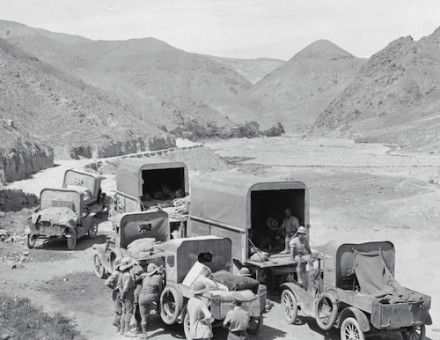California's Spanish Missions
Louis Kleber tells the story of how a small group of Spanish friars dotted the west coast of America with outposts of their impact on the native populations they co-opted into their settlement.
When one stands in the grounds W of the beautiful Spanish missions that climb the California coast, it is easy to imagine a scene of romantic tranquillity in the early 1800s – the warmth of the sun, padres strolling through flowered gardens in a courtyard, a few soldiers leisurely talking near a fountain and Indians in an adjoining orchard, gathering fruit. It is all so peaceful and appears so permanent. Not quite.
The beauty is indeed there, but the story of California's twenty-one missions has a dark side, a reflection of colonial aspirations that never lost sight of the search for power, riches and conquest. The biggest losers were the native peoples. Under Spanish, and later Mexican and American rule, their numbers rapidly diminished. In some cases they simply died out.





